Vanilla beans can exhibit two different phenomena that can be difficult to distinguish to the untrained eye.
Mold on Vanilla Beans
First, moldy vanilla beans smell bad. Good vanilla beans are characterized by an intoxicating smell.
Moldy vanilla beans will likely be very wet, smell musty, and be covered in mold. Mold usually shows up in a particular spot and spreads out. Mold can be black, green, white, or yellow in color and is usually powdery looking.
Mold grows easily on vanilla beans, especially if the beans were picked too green and have been improperly cured or packed. Vanilla beans that are picked too green are not only relatively flavorless, but they also have higher water content. A different, though often compounding, problem is when vanilla beans are improperly cured. Several errors can be made during the curing process, but most often the error is simply that the beans are not cured long enough. Vanilla beans need about 3-4 months to be properly sunned, sweated, and dried. Vanilla beans that are not cured properly also have a high water content. The high water content encourages mold to grow during the sometimes weeks or months it takes to ship vanilla beans from Madagascar or Papua New Guinea to Europe or North America.
Mold can also grow if the beans are packaged haphazardly. The proper way to pack vanilla beans is to bundle like vanilla beans with dried raffia and then carefully stack the bundles in boxes lined with wax paper. All too often, vanilla beans are carelessly thrown into plastic bags and then vacuum sealed. Not only does the bad method of packing make mold more likely to grow, but it also makes it much more difficult to contain. Bundled vanilla beans that develop can be effectively and quickly isolated from the rest of the beans, whereas with unbundled beans, often the whole lot develops mold.
The bundling material is also important. Many unseasoned curers will choose string or rubber bands which also encourage mold growth.
Salvaging Moldy Vanilla Beans
Most moldy vanilla beans can be salvaged! Don't just throw them away!
If the mold has not affected the structure of the vanilla bean, simply wipe the mold off with a paper towel moistened with some alcohol, and then let the bean sit in the sun for a few hours in a slightly vented plastic bag. This technique mimics the curing process and importantly introduces the sun to the vanilla beans. (Sun is medicine for vanilla beans.) You will know when the beans are finished sunning when they are fragrant with vanilla scent.
If the mold has eaten away at part of the vanilla bean, simply cut the affected area off and proceed with the wiping and sunning steps. Note that we recommend if you do cut a vanilla bean, that you make use of it as soon as possible as cuts are more vulnerable to growing more mold and drying out too much.
Vanillin Crystals
On the other hand, vanillin crystals on a vanilla bean are the mark of an excellent vanilla bean.
Vanillin crystals are small, white, and transparent crystals that form sporadically across the whole vanilla beans. They usually happen when vanilla beans are at a much lower moisture content as the vanillin molecules need to collect together to form crystals. This is prevented with normal-high water content in vanilla beans. The development of vanillin crystals also requires a vanilla bean with an abnormally high vanillin content! (Most vanilla beans have a vanillin content of 1-2%. Beans that develop crystals have more like 3-5% vanillin.)
These vanilla beans will smell delicious! There will be no mustiness or unpleasant odor when you open a jar of crystallized vanilla beans. Use these vanilla beans as you normally would, but ensure that you reseal the vanilla beans with a tight seal to prevent the vanilla beans from drying out too much. (We recommend storing vanilla beans in a plastic bag in a glass or plastic jar.)




Conclusion
If in doubt, use your nose! The quality of a vanilla bean is always in its aroma. If your vanilla beans do develop mold, you can still salvage them. If your vanilla beans develop vanillin crystals, consider yourself lucky! In our lab and in our office at Cook Flavoring Company, we have a collection of vanilla beans that have developed vanillin crystals and they are truly our prized possessions!
-
Posted by Daya Patel on
Extremely well explained for a lay man about Vanillin Crystals….very good information n May be u cud improve on the photos to show better Crystals.
Great website
I also cultivate Vanilla in Uganda
downsouthagro.in
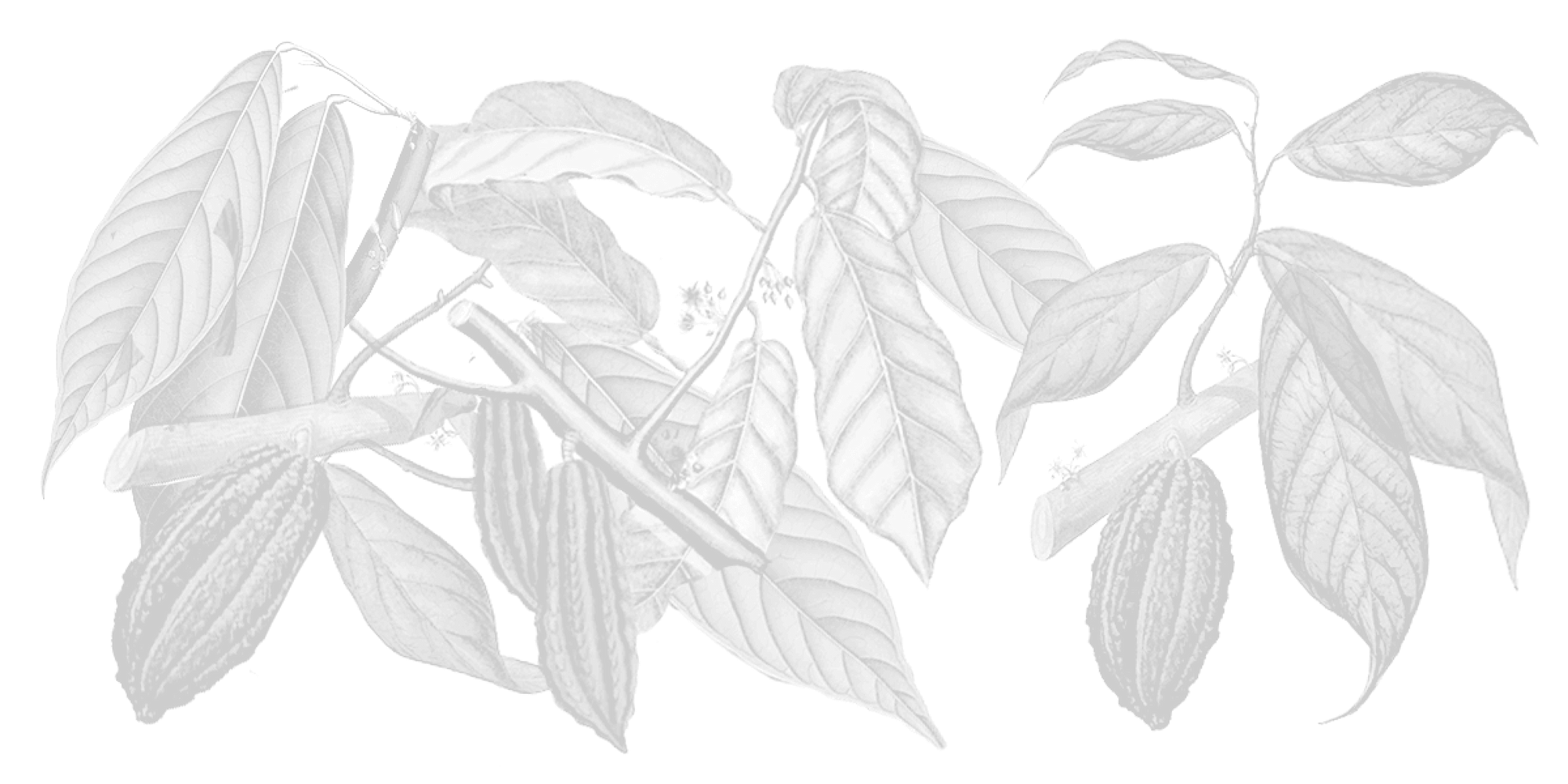
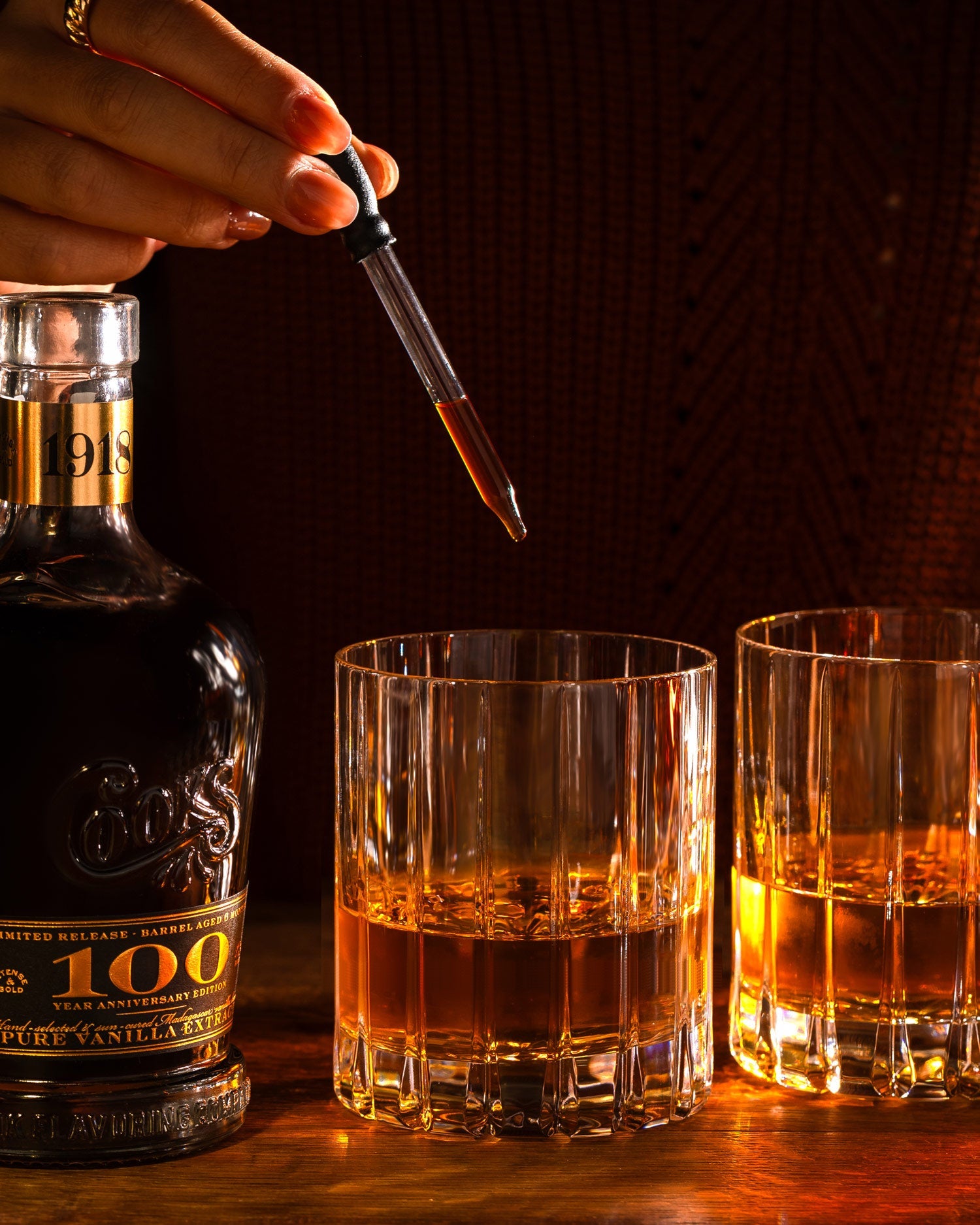

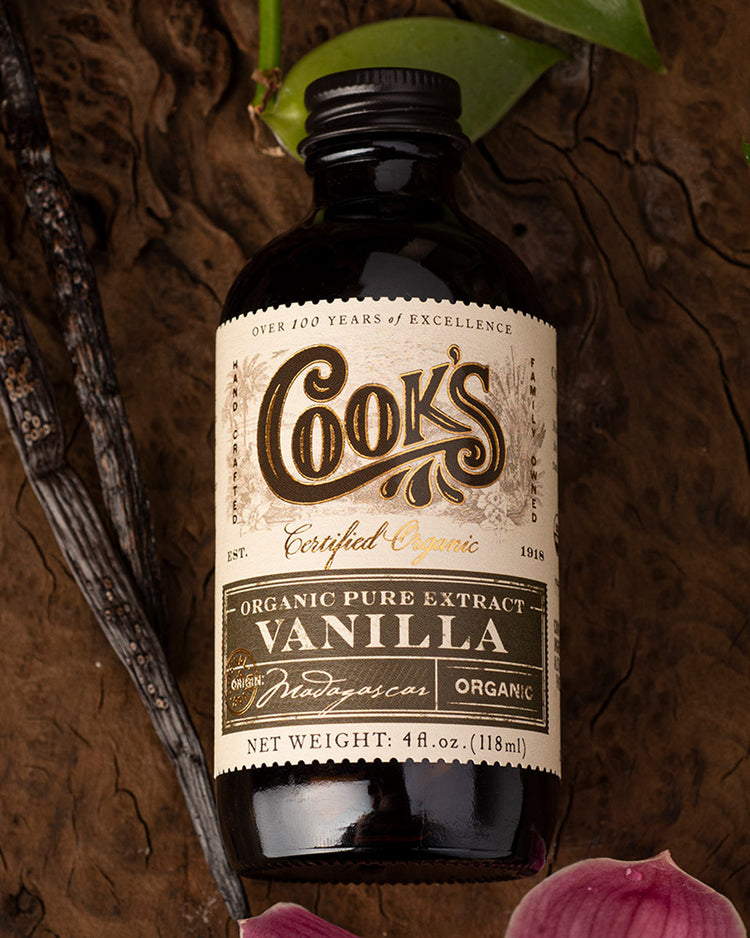
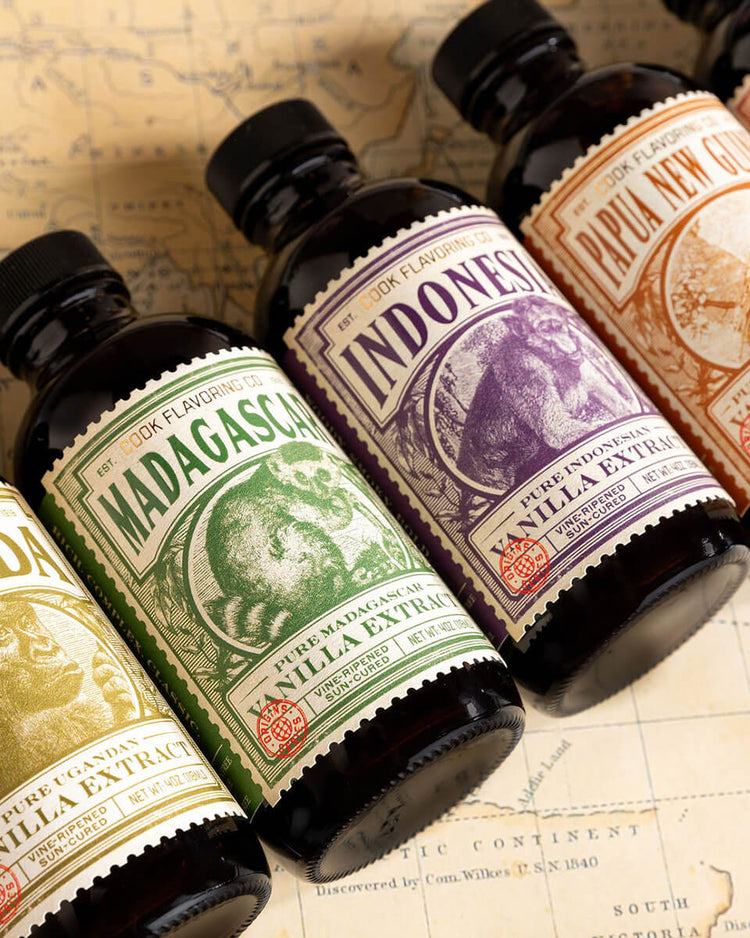


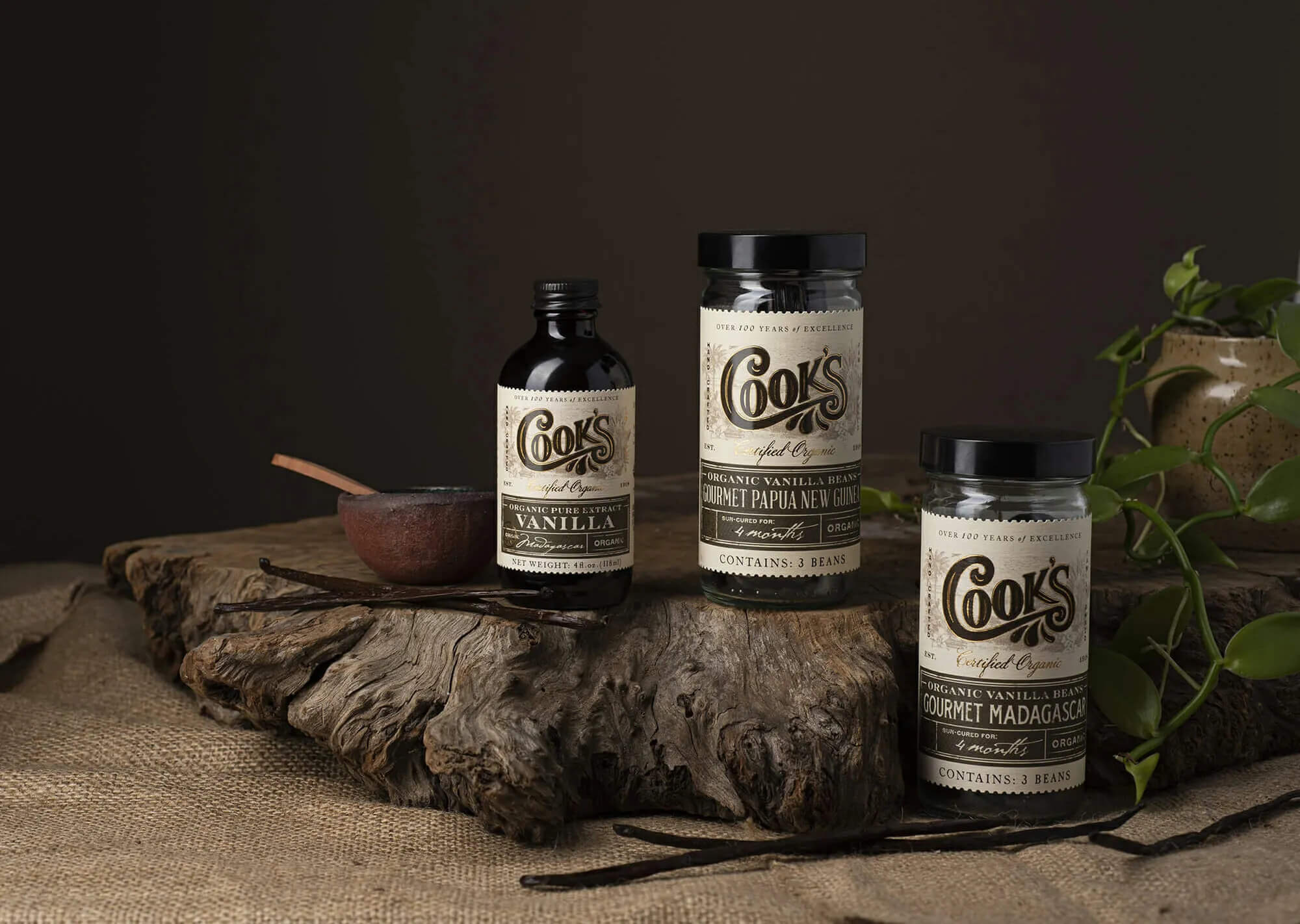
Comments ( 1 )